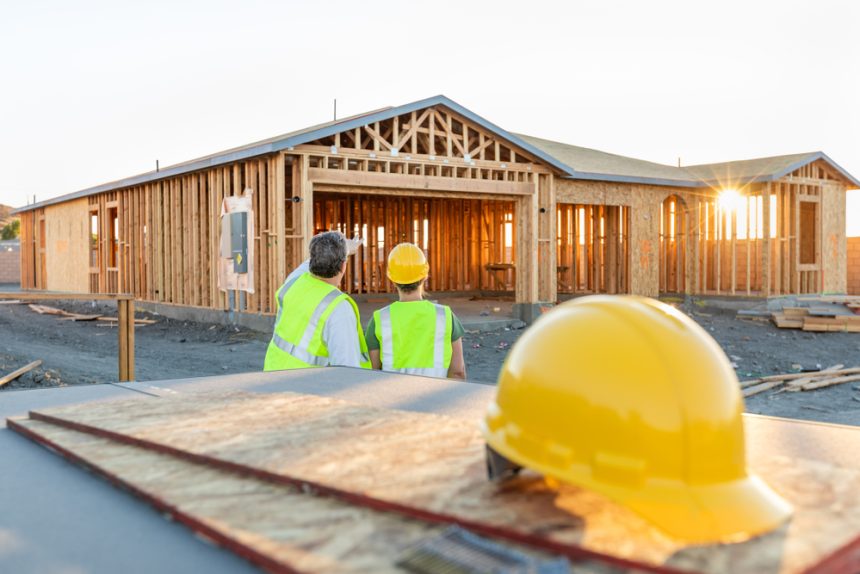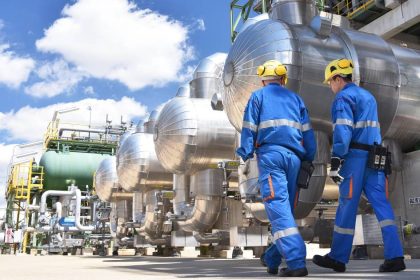Changes to Australia’s Construction Codes are hitting worksites tomorrow as the country prepares for Net Zero emissions by 2050.
These long-awaited updates to the National Construction Code (NCC) are promising to shake up how builders approach residential construction, with a brand new emphasis placed on improving the livability, energy efficiency and resilience to climate change of new builds.
However, with the rollout being implemented differently across Australia’s states and territories, the updates have left many tradies scratching their heads over what to expect.
So what’s changing?
Only two key areas of new home builds are set to be impacted by tomorrow’s NCC change.
The first will be the brand new 7-Star Home Energy Rating. Upgrading from the previous 6-star rating, the changes are designed to improve “comfortability” all year round, helping homes stay naturally cooler in summer and warmer in winter while lowering energy consumption.
For builders, that means new home builds will be placing a greater emphasis on “climate-sensitive design”, with many new homes including things like improved insulation, ventilation, ceiling fans, shading solutions, lighter colours and breeze paths.
Additionally, outdoor rooms that comply with the Development Code will receive a 1-star energy rating credit in Queensland.
The second is to be an update to the Whole of Home energy budget, with regulations cracking down on the total energy usage of new homes.
This will force designers and builders to take into account key factors like energy consumption of heating, cooling, and key appliances, with the end result predicted to be more cost-effective in operating long-term.
Changes introduced in Queensland and the ACT last year also made it mandatory for builders to improve the accessibility of new homes.
These improvements include features such as step-free home access, wider internal doors and hallways, ground-level toilets with increased circulation space, step-free showers for mobility, and reinforced walls around selected key areas to facilitate easy installation of grab rails if required in the future.
This applies to all new homes being built in the Sunshine State. However, the commencement of these accessibility requirements will be delayed by 18 months for homes on narrow lots (12.5m and less in frontage).
A costly upgrade
These changes do come with one major caveat – the cost.
The Australian Building Codes Board expects the Modern Homes standards will see building costs increase by around 1 to 2 per cent, with costs supposedly reducing over time as the industry adjusts to the changes.
However, Master Builders CEO Paul Bidwell said the numbers would likely be much higher.
According to the organisation, the changes will add $20,000-$30,000 to the cost of building, depending on factors like the type of construction, the climate zone, topography and lot size.
For a new home, these expensive upgrades to energy efficiency standards are only estimated to provide an average electricity saving of $185 per year, depending on the region’s climate zone.
Where are the changes happening?
While all tradies are preparing for the new industry standards, tomorrow’s changes will only be required for Victorian and Queensland builders.
Other regions, like South Australia and Tasmania, have pushed back their implementation date to October this year, with Western Australia delaying its start date even further to early 2025.
New South Wales and the Northern Territory have recommended that tradies follow the latest regulations but haven’t made them mandatory for new builds, while the ACT has already embraced the changes in full as of January this year.






